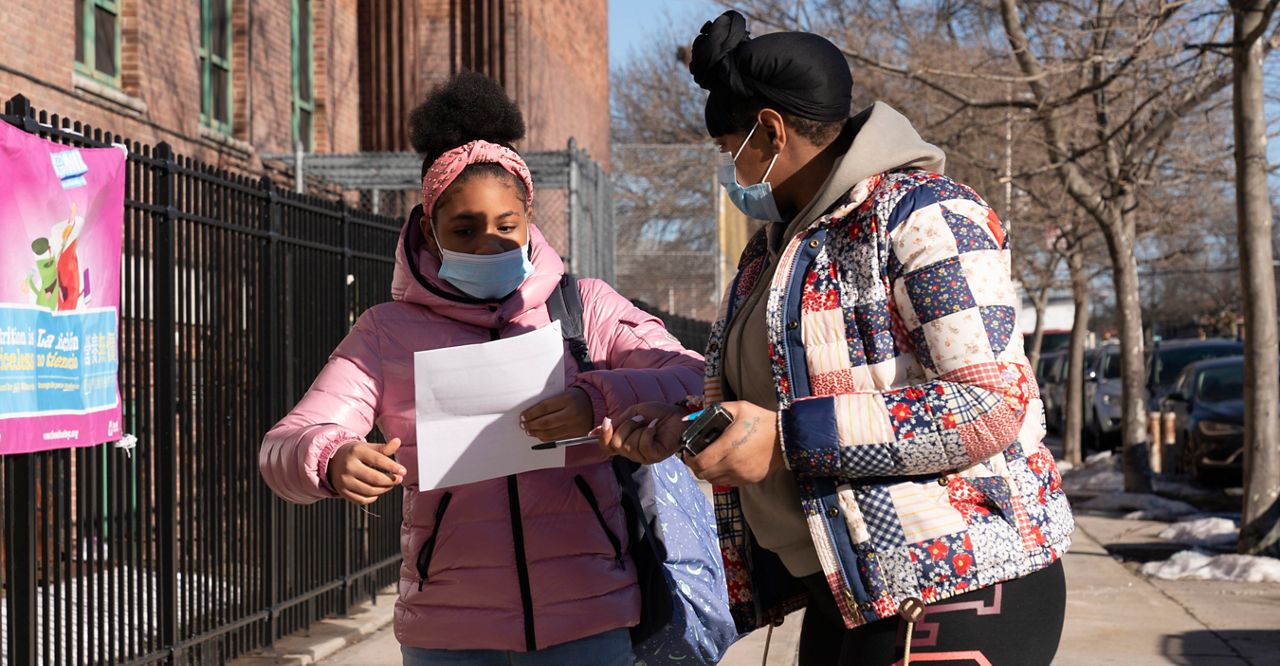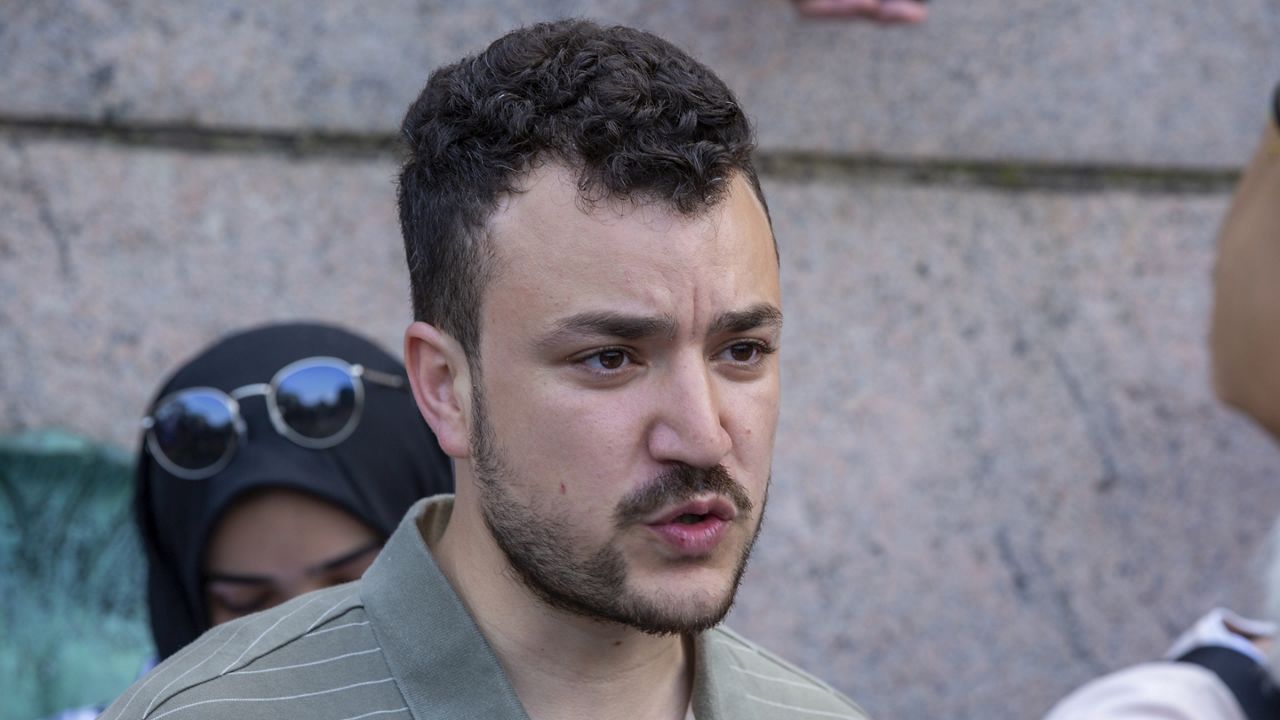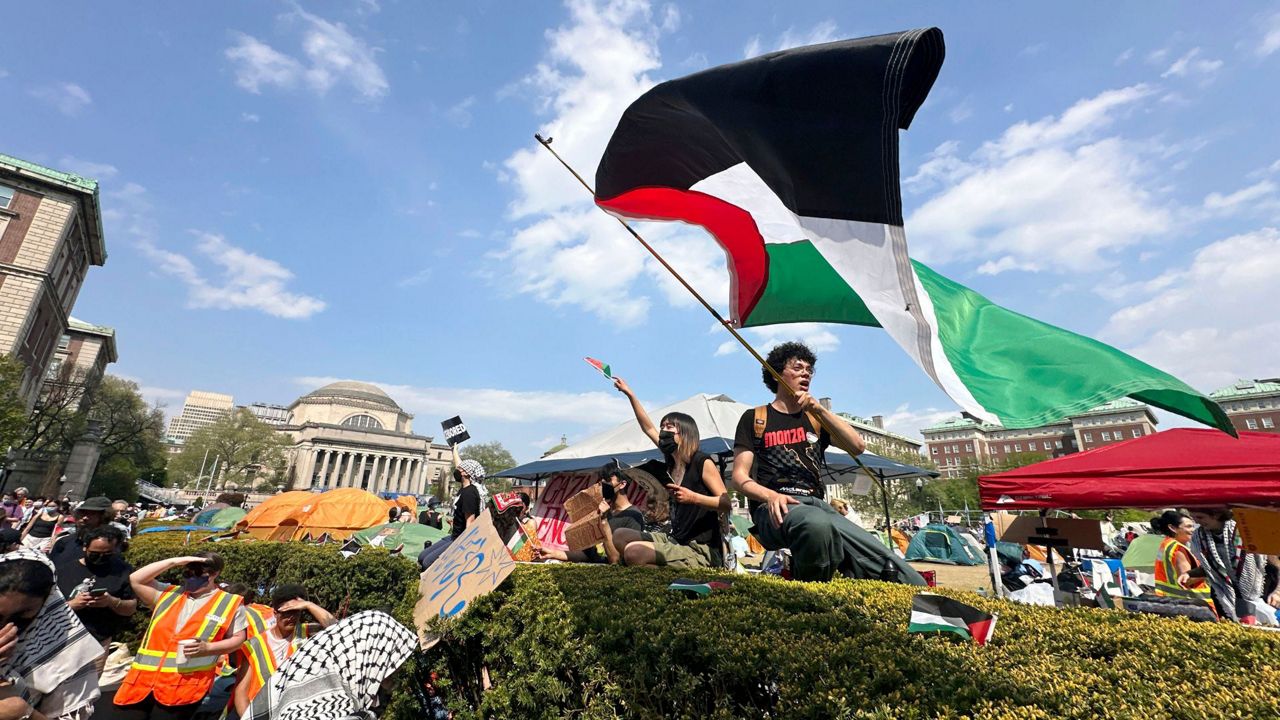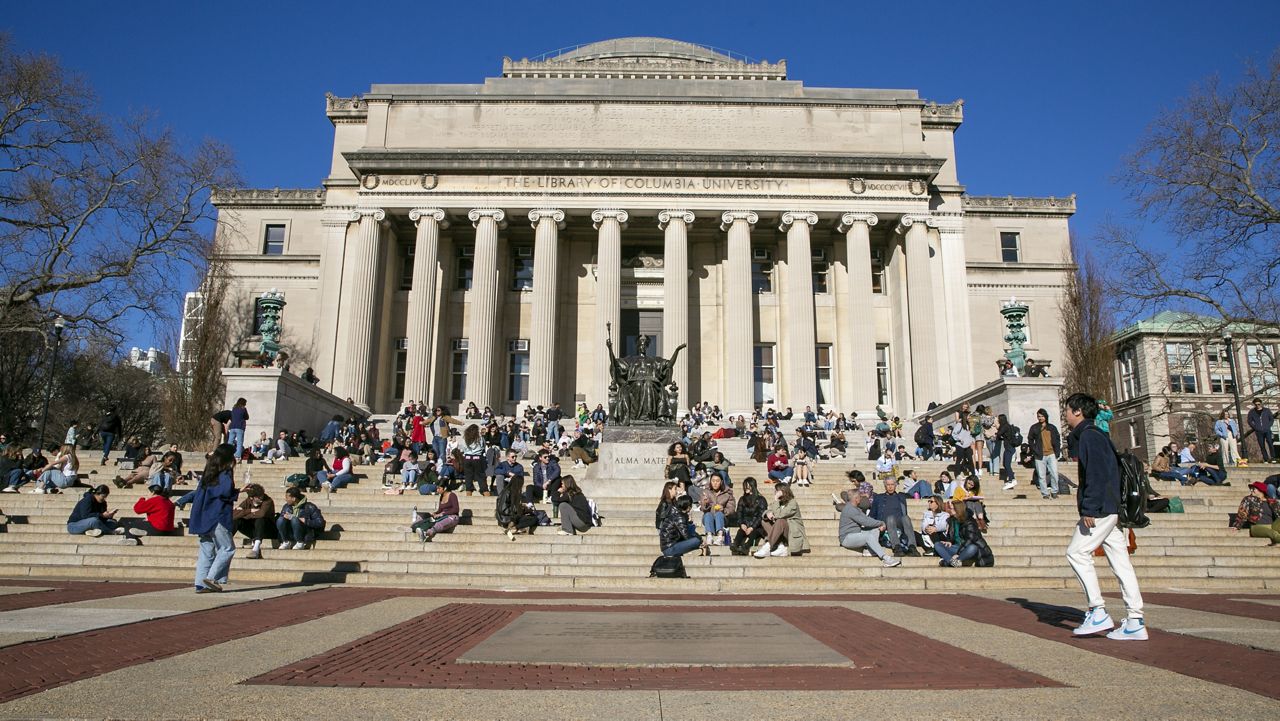NEW YORK — For the second year in a row, public middle schools won’t use academic criteria for admitting students, the Education Department announced Tuesday, just a few weeks ahead of when students will begin applying for seats.
What You Need To Know
- For the second year in a row, public middle schools won’t use academic criteria for admitting students
- The change isn't permanent and leaves the incoming Adams administration to grapple with how to handle admissions moving forward
- High schools can use academics to screen students, but they won't be able to use state test scoress
Instead, students will rank their choices on their middle school application, and for schools that have more applicants, children will be selected randomly — the same process used last year.
Parents — and some schools, who have been unsure what criteria they can use to admit children — have been growing deeply frustrated about the lack of information on the admissions process. Admissions will open on January 10, and the deadline to apply is February 28.
Unlike last year, performing arts-focused middle schools will be able to use auditions and portfolios to select students, the city says.
Pre-pandemic, 196 middle schools in the city used what are known as “academic screens” to admit students — classroom grades, student interviews, standardized interviews and assessments created by the schools. But the city put a pause on those screens last year, when most students were learning remotely and after the state exams used by many schools were canceled.
This year’s policy is essentially an extension of that pause — with the Education Department saying it’s not a permanent change. That will leave it to the incoming administration of Mayor-elect Eric Adams to set a more permanent policy on middle school admissions, which have become controversial as the city looks to better integrate many of its schools. The city says it worked in partnership with the incoming administration in developing this year’s policies.
Last year’s pause on screens has meant the populations of some of the city’s most sought-after public middle schools have become more racially socioeconomically diverse, according to DOE data. The average percentage of middle school offers to students who qualify for free or reduced price lunch, an indicator of coming from a lower-income home, increase by 7%, from 41% to 48%. At some schools it was more pronounced: Columbia Secondary in Manhattan saw offers lower income children increase from 35% to 60%, and an increase in offers to Black and Hispanic students from 37% to 64%.
Geographic priorities, which give an edge to students living near a school, will remain in place for middle schools that have them — as will priorities set by some individual school districts to help increase diversity.
The city also outlined its plans for high school admissions — high schools can use academic measures to screen students, but this year will not be able to use state test exam scores. That’s because no exams were given in the spring of 2020, and in the spring of 2021, the exams were optional and taken by very students.
But schools can use things like essays, reports, and first semester grades from this school year. For the first time, the evaluation of those materials will be handled not by the school but by the Education Department’s central office, which the city says will make it easier to evaluate the materials when students apply to more than one screened schools.
Most city public high schools are unzoned — children from anywhere in the five boroughs can apply. But historically, a small handful of schools of prestigious Manhattan schools in District 2 had used “district priorities,” which kept kids from other parts of the borough and city largely shut out from the schools. The city did away with that priority last year — and that elimination will remain in effect this year.
But the city will allow 235 high schools to continue using broader borough or zone priorities — which give preference to students living in either a borough or a section of a borough, and which sometimes apply only to specific programs within those schools. That comes after the city had floated doing away with all geographic screens — prompting pushback from elected officials and parents in parts of the city where they have been popular and fostered a sense of neighborhood schools.





_CGPK_Mn_Columbia_Students_Chained_CG)


